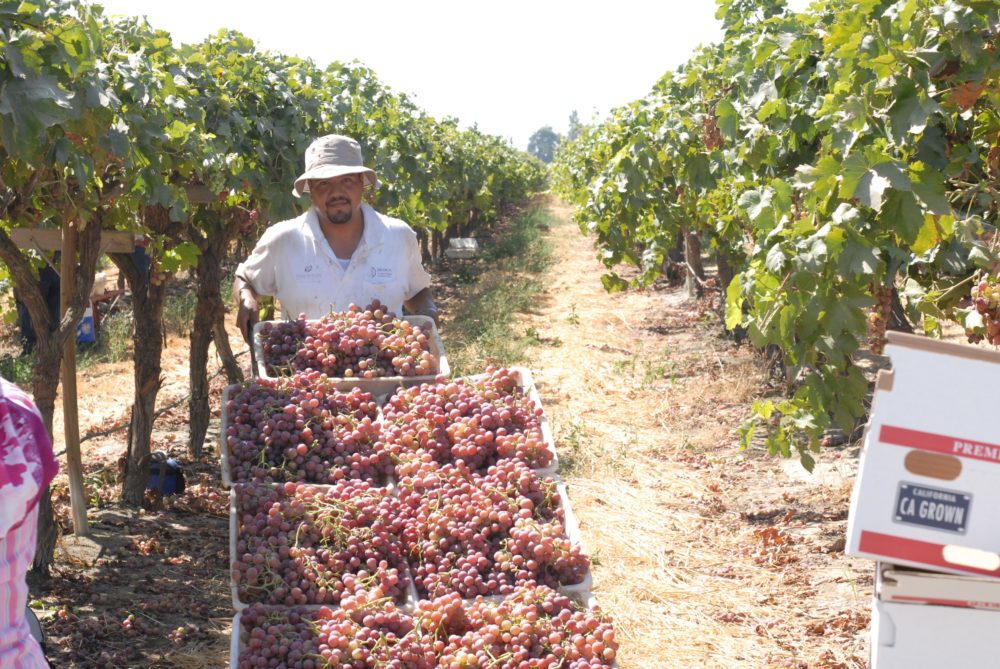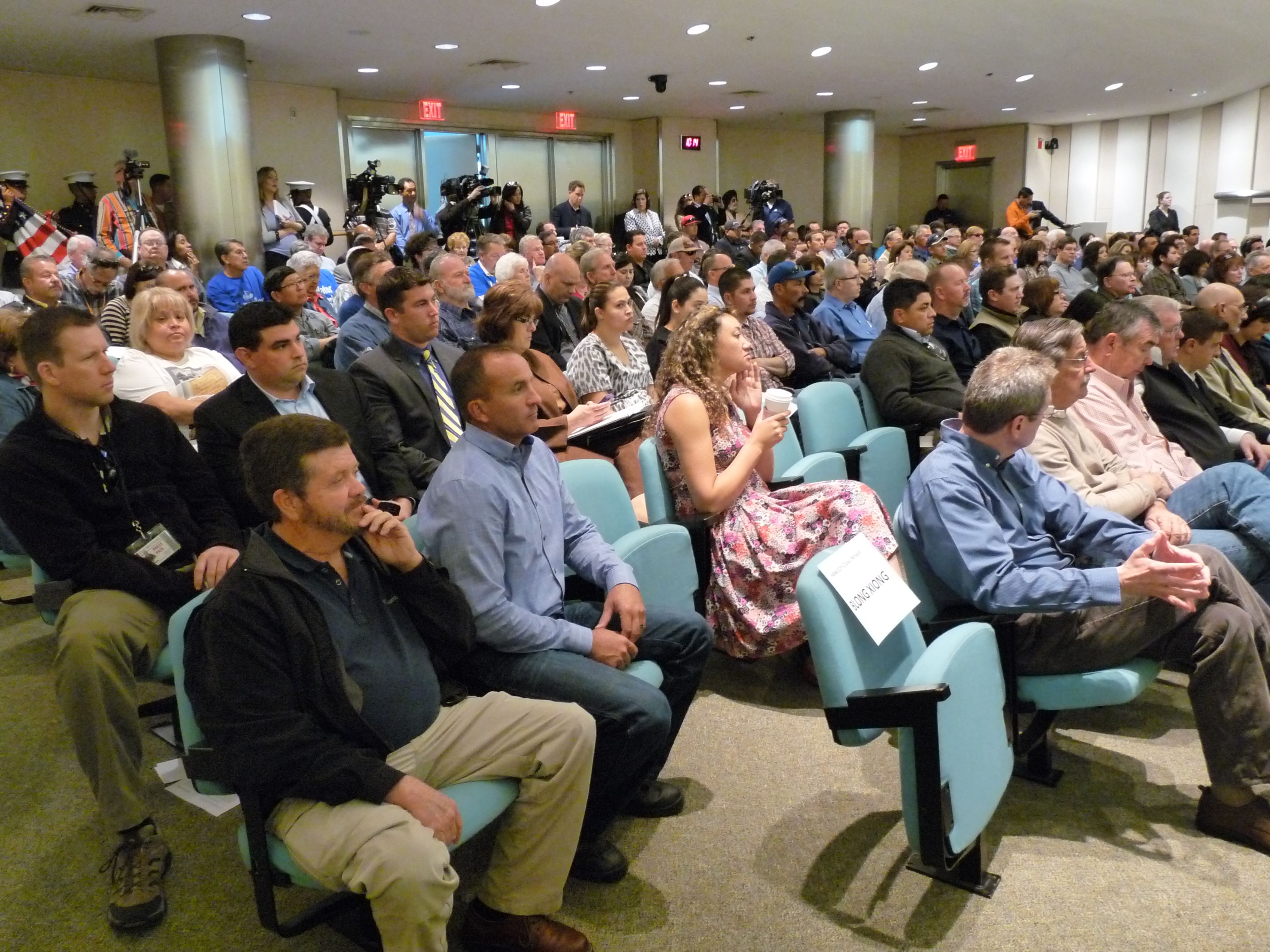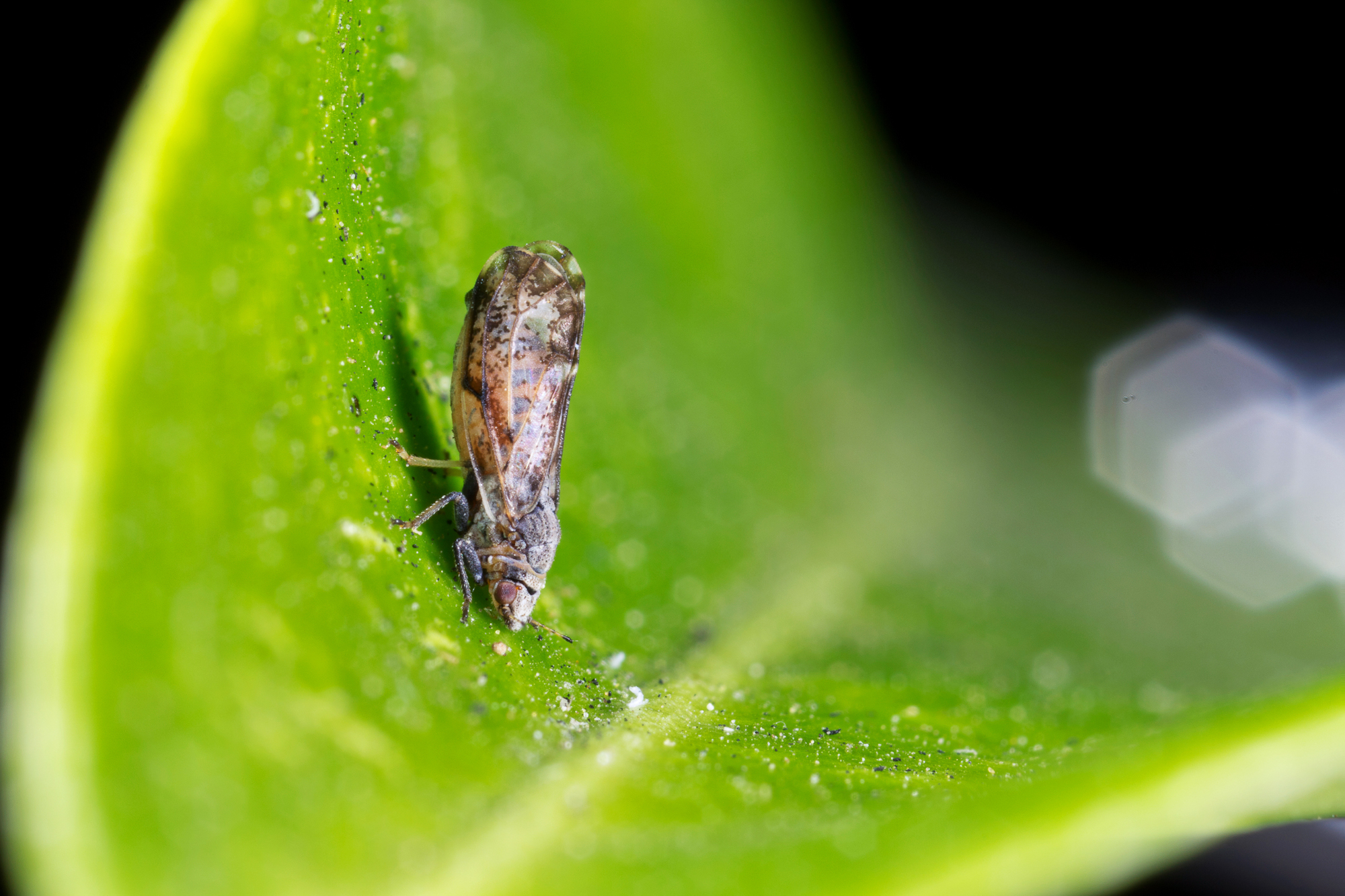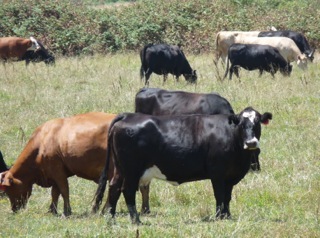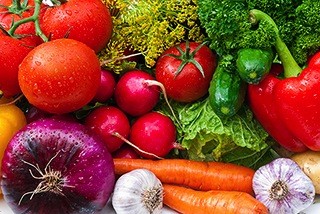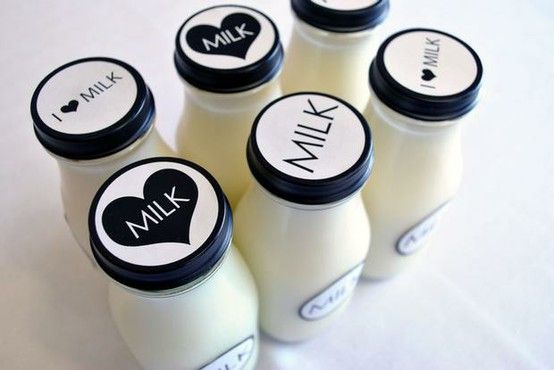Record California Table Grape Shipments
117.4M Boxes of Grapes Shipped Surpasses the $100M Mark for Second Time in History
It was announced TODAY that California shipped a record volume of 117.4 million boxes (116.2 19-pound box equivalents) of fresh California grapes during the 2013 season, a total crop value of $1.7 billion.
The 2013 season started with shipments in early May and continued into February 2014. California produces 99 percent of the commercial fresh grapes grown in the United States.
“Over the past 10 years the volume has significantly increased,” said Kathleen Nave, president of the California Table Grape Commission. “In 2003 the crop was under 80 million boxes. In 2012 the 100 million box mark was crossed for the first time in history, and in 2013 another record was set with the crop totaling 117.4 million boxes.”
Exports also hit a new record in volume, with 48.6 million boxes shipped to export markets including Canada – a 17 percent increase over the previous year. The top export markets in volume included Canada at 11.9 million, followed by China/Hong Kong at 7.9 and Mexico at 6.6. The 48.6 million boxes exported represented 41 percent of the total crop volume.
With the 2014 season a little over a month away, the commission is gearing up its global campaign for Grapes from California which includes retail, consumer and foodservice programs.

